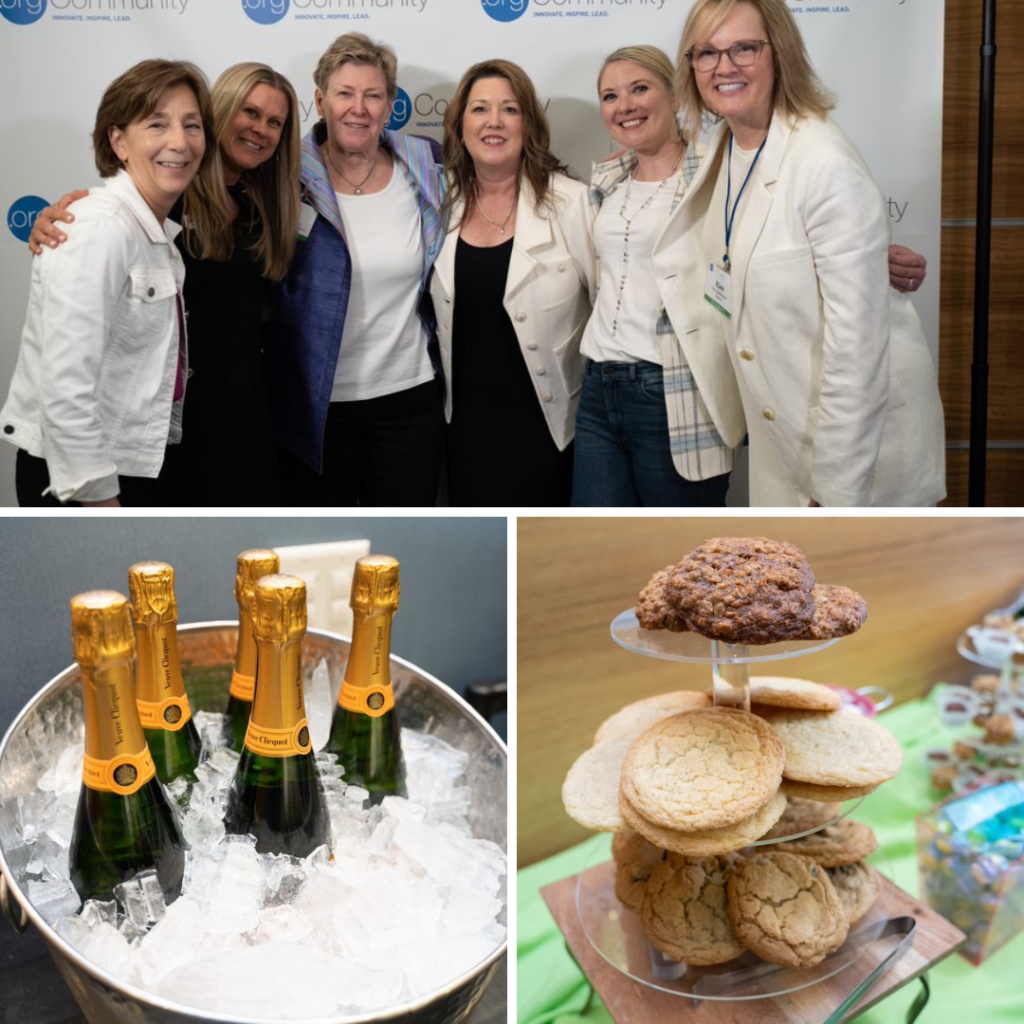Turning Ideas Into Action
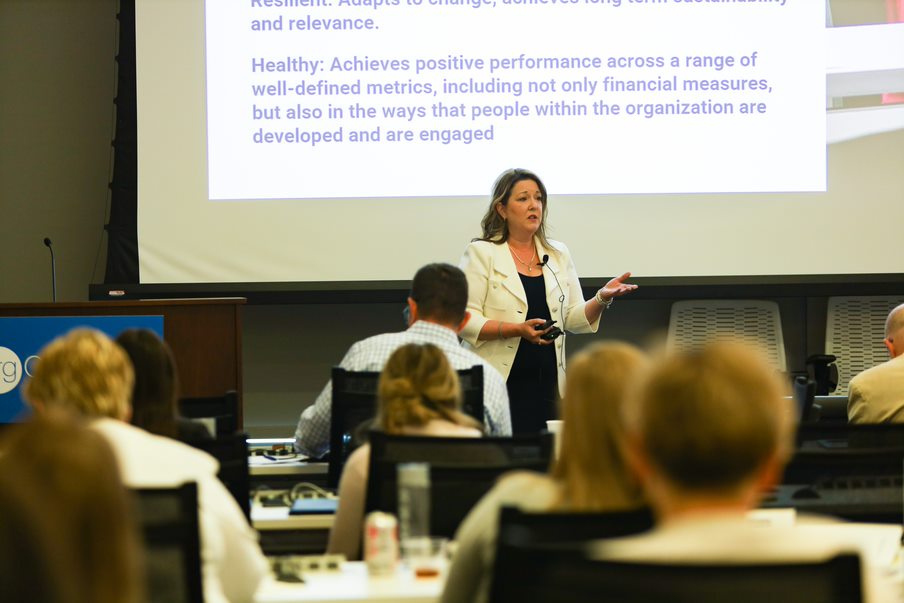
The 2022 Innovation Summit
When I was looking for something unique to say about innovation at .orgCommunity’s June 9, Innovation Summit, I came across these quotes.
- “Creativity is thinking up new things. Innovation is doing new things.”— L. Duncan
- “Success doesn’t necessarily come from breakthrough innovation but from flawless execution. A great strategy alone won’t win a game or a battle; the win comes from basic blocking and tackling.”— Theodore Levitt
- “Innovation is the ability to convert ideas into invoices.” — Naveen Jain
Each concept is important to developing a culture of innovation. But their common denominator is the most significant. All three authors link innovation to action. Creativity needs an outcome. Without results, ideas don’t have legs. Presenters at the Innovation Summit inspired us to give our best thinking momentum and make our brainstorming matter.
Do Something New
Swim in a Blue Ocean
.orgSource, Managing Director of Business Strategy, Sharon Rice, launched a day of exploration and discovery with advice on how to find your way out of crowded markets and swim in your own blue ocean.
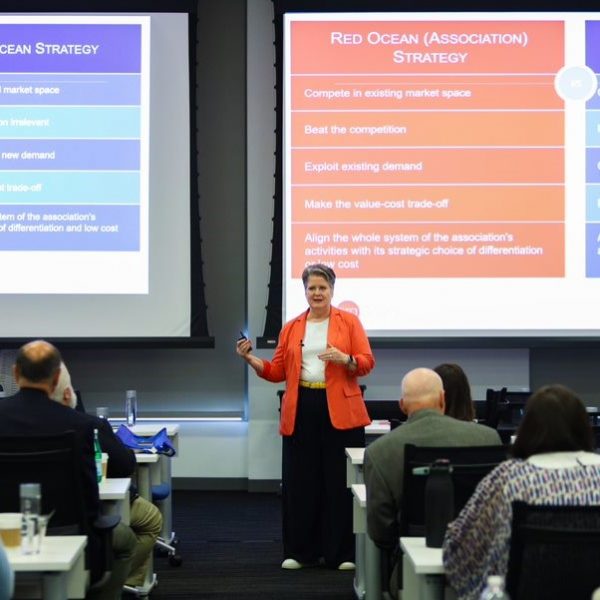
Competition is an unanticipated recent challenge for many associations. Technology has opened what was protected space. Companies, like Udemy, Online MedED, and Health Stream are encroaching on the professional development arena and eager to attract your audience. Networking, which for years was a core association benefit and membership driver, is no longer as important.
“According to authors, Chan Kim and Renée Mauborgne,” Sharon explained, “red oceans represent the current marketplace where the rules for competition are set. The SWOT analysis, that typically begins planning, makes you a prisoner of that crowded environment.
“Blue oceans are undiscovered territory. They are the space where you take the lead and others must follow. The idea is to differentiate your association—to put the customer at the center of planning and build something that they need. This approach makes competition irrelevant.”
“The key to being a successful swimmer in the blue ocean is to deliver meaningful value at a highly competitive cost,” Rice advised. “Because you must consider pricing as a critical component, Blue Ocean Strategy challenges you to follow objectives from ideation to implementation.”
Rice views that throughline as one of the many benefits of this process.
Upgrade Learning
.orgSource client, The American Board of Medical Specialties, put Blue Ocean Strategy into action. Jennifer Michael, Chief Operating Officer, explained how the group is using this process to expand their certification initiatives into new markets and make continuing education more relevant.
The mission of ABMS is to serve the public and the medical profession by improving the quality of health care through setting professional standards for lifelong certification in partnership with member boards. ABMS works with 24 member boards that are separate entities.
A ten-year recertification exam posed significant drawbacks for ABMS members. It was disruptive to their practices and family lives, was not always relevant to their specialty areas, and did not offer a path to learn from the experience.
The association wanted to create a more user-friendly process. Their goals were to provide ongoing CE, offer physicians feedback on strengths and weaknesses, and fit more seamlessly into their lifestyle, all at a lower cost.
“We hoped to emphasize learning to close the knowledge gaps,” Jennifer observed. “The product provides immediate detailed critiques and rationales. And there’s a dashboard that highlights individual areas for improvement and compares results to other participants.”
The platform already has 35,000 users. When ABMS surveyed the group, the product satisfaction level was 90 percent. The results signal success within their community, and ABMS is now investigating how to expand into a greater continuing education market.
Execute Flawlessly
Use Culture to Attract New Talent
To discover that blue ocean, it helps to have a team of blue-sky thinkers. Jamie Notter described how the right culture will help you find and keep innovators. Jamie is an author, consultant, culture strategist, and co-founder at Propel.

“I’ve noticed four things,” Jamie explained. “First, organizations took the power that they’ve held for 100 years and gave it to employees. Employees are not going to give it back. Second, today work happens everywhere. It happens in your home, in parking lots, and Starbucks. Third, digital collaboration is now on par with in-person collaboration. Remember the old days, when calling into the meeting meant you were invisible? Fourth, we need to reinvent how we manage accountability and supervision. If I can’t see you, then you’re not working, was never a great strategy.
“The toothpaste is out of the tube,” Jamie advised. These four things are permanent structural changes that work cultures need to incorporate and adapt to. The competition for top talent is fierce. Other groups can beat you on salary, benefits, location, and even mission. The one thing they can’t duplicate is your culture.
The right environment gives you the edge; however, you must be able to describe what makes your culture attractive in specific terms. “Everyone needs to have a culture elevator pitch,” Jamie noted. “But your actions must match that description.”
For leaders who realize that their cultures need improvement Jamie had this advice. “We’ve been reeling for the last two years. No one can claim perfection. You can’t change everything overnight, but you can identify quick wins and make them happen. Admit where improvement is needed. Get feedback from your team. Then, broadly share your roadmap for progress. Let those people who are considering other options see that you have a plan and are working in the right direction.”
Move Toward Excellence
Culture focuses on relationships, but the values and processes that define how we get work done are also a critical component of success.
In our presentation, Kevin Ordonez, .orgSource President and Managing Director Digital Strategy, and I described the framework that we use to help associations position for success in digital markets. The .orgSource Association 4.0 playbook was the result of research that included think tanks, interviews with leaders across our community, surveys, and two books.
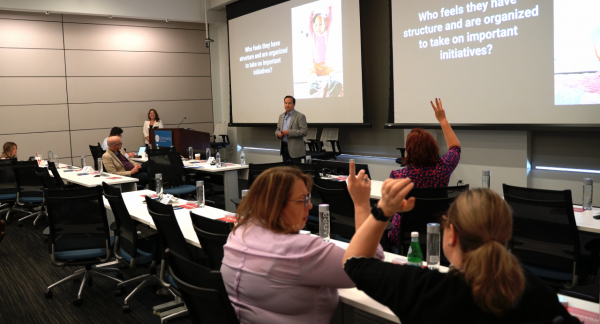
We wanted to share our blueprint for building a path to excellence. But we also were interested in how participants are leading their organizations in this new environment. Our presentation included many questions for the audience. Below is a sample of the dialogue.
My first question was about what makes an excellent organization. These were among the responses:
- Executing flawlessly day after day
- Being a leader in your field or your specialty
- Positioning yourself for the future and being able to navigate those changes
- The entire organization working toward the same goals
The short version of my own answer was that excellence means delivering value to members, the profession, and the public.
I also wanted to know what questions leaders are asking about the future. Participants responded like this:
- What does the future of work look like?
- How will meetings evolve to meet new expectations?
- How will we address the next generations that may not be joiners who are getting their education and community elsewhere?
Then, I was looking to understand what people have learned—what they are doing differently. These are some of the changes that organizations are making:
- We’re doing a complete office redesign. We’re creating collaborative spaces along with hoteling offices for people who choose to work on-site occasionally.
- We completely restructured our annual meeting, assuming that international travel won’t be returning to the previous level soon. The ROI for how members decide whether they will attend is very different. People are weighing the cost of travel against the experience. So, we must create an in-person event that you can’t replicate in any other venue.
Kevin followed my questions with an overview of the seven strategies we believe leaders need to be relevant, sustainable, and in the zone with members. These characteristics are outlined in our paper, Pathways to Organizational Excellence.
Convert Ideas to ROI
Find Non-Dues Revenue Gold
We can’t deliver the value that excellence requires without financial resources. We’ve all learned the importance of diversifying revenue streams and identifying new sources of support.
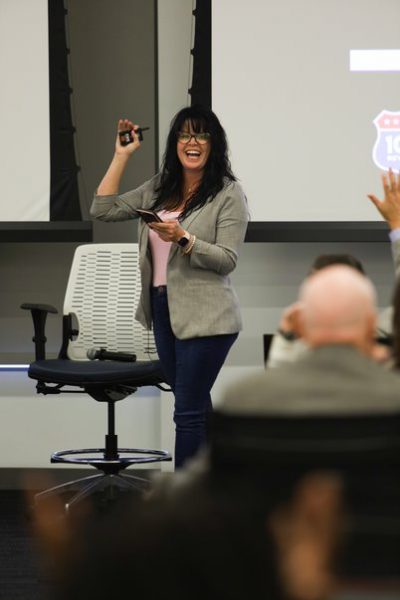
Teri Carden, who is Founder and CEO of 100Reviews and the creator of ReviewMyAMS.com, emphasized the point I made at the beginning of this post. She observed, “It’s our responsibility to turn our ideas into action. The best initiatives for non-dues revenue will move you forward on your goals. They’re measurable, and they’re quantifiable. And they generally make you feel good. Plus, they will be a triple win, delivering value to members, vendors, and the association.”
Teri outlined 11 steps that will move you from brainstorming to product development. But she boiled her personal motivation down to one sentence. “Success equals your dream, plus fear, plus the guts to follow your dream anyway.”
Panelists Bill Bruce, Chief Executive Officer, American Association of Nurse Anesthesiology, Doug Coombs, Director of Client Solutions, Association.TV, and Michael DiFrisco, CAE, Chief Marketing Officer, American Academy of Cosmetic Dentistry, joined the conversation to discuss their experiences creating new initiatives to drive revenue.
As a smaller association, Bill’s group began looking beyond its member audience toward the value that they could provide to ancillary organizations. They are developing a credentialing process for related businesses.
Doug noted, “Innovation is about experimenting but keeping it easy for everyone involved. One of our association clients wanted to create non-dues revenue and help their members find new industry talent. They developed a video to document the journey of a camera from the warehouse to the consumer and to highlight the jobs involved in the production and sale of that product. Twenty-seven career paths were featured. The production paid for itself within a week.”
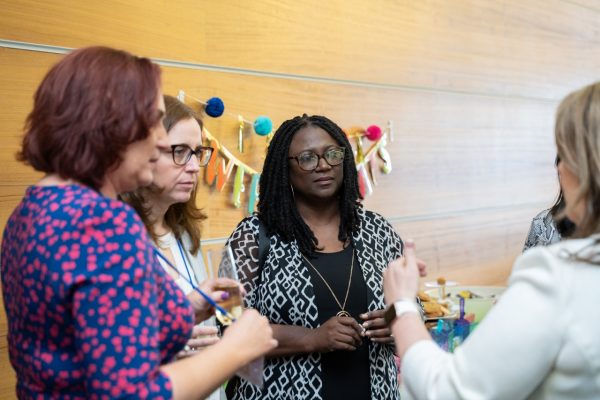
“Like everybody, we had to do some pretty aggressive pivoting,” Michael explained. So, we focused on what we do the best, what we are deeply passionate about, and what drives our economic engine. Our hands-on workshops fit that description.
“We created a program called Hands-on at Home. The workshops featured a live presenter who facilitated participants in small virtual groups. Revenue came from two sources. Sponsors paid for the products and there was tuition for the course. The fee was significantly lower for members, with the objective of gaining new support.”
Move Forward Together
Synergy is one ingredient for innovation that my opening quotes don’t cover. You can be creative alone, but there’s no substitute for the energy of a talented group of people. I felt those sparks flying throughout the day. If you missed the event, I hope you’ll find inspiration in this summary, and consider adding your ideas to the mix next time around.
Save the date for Solutions Day, September 29, 2022.
